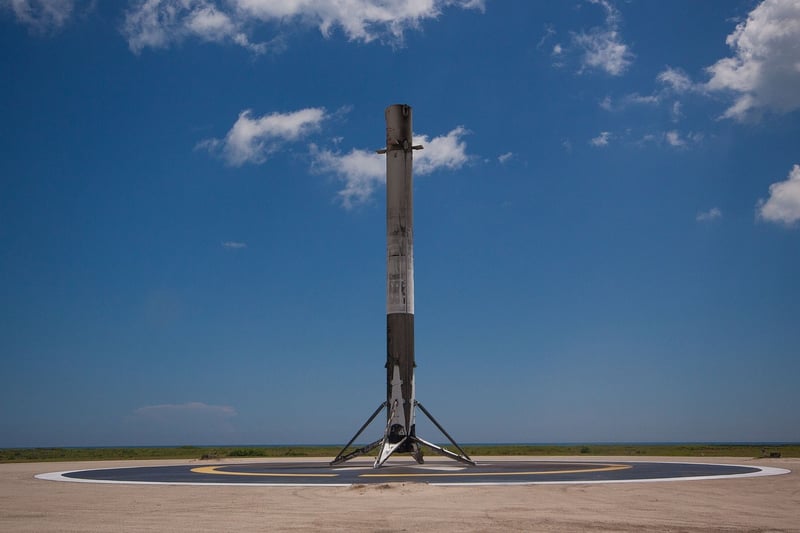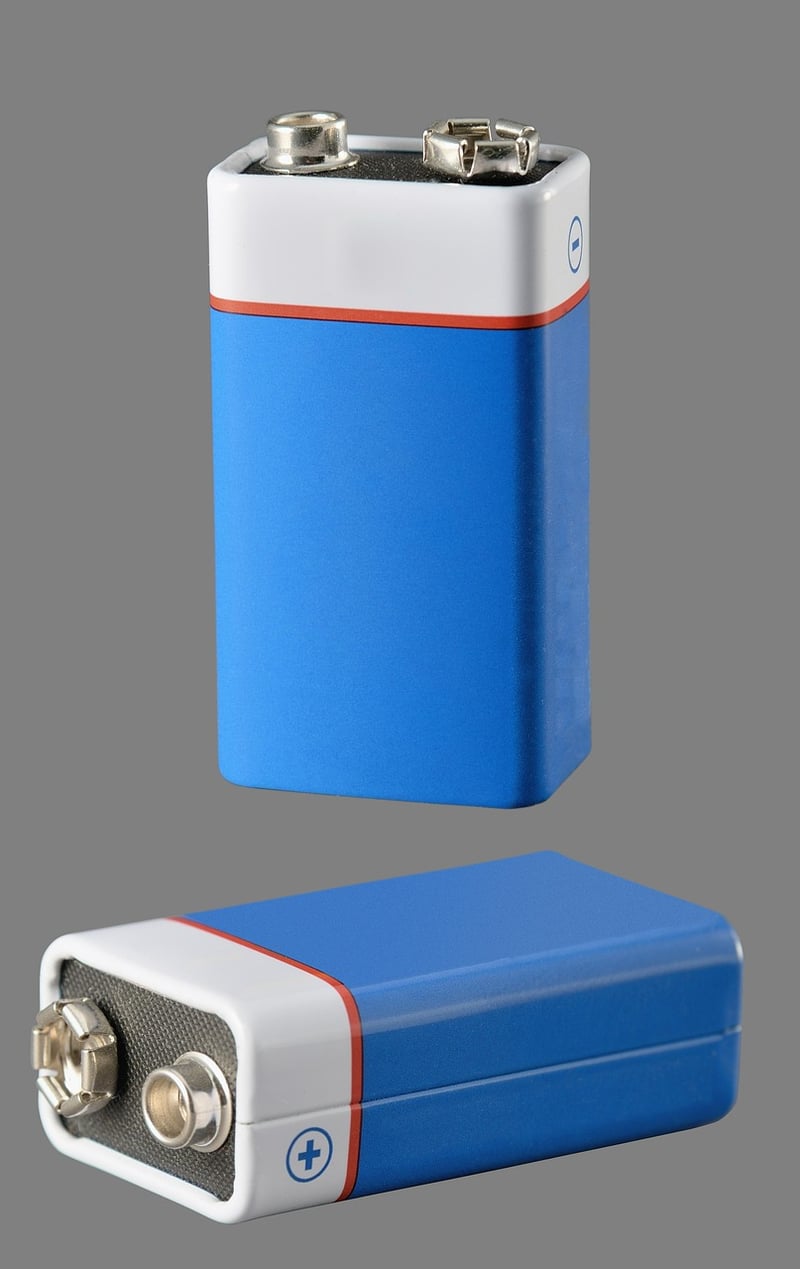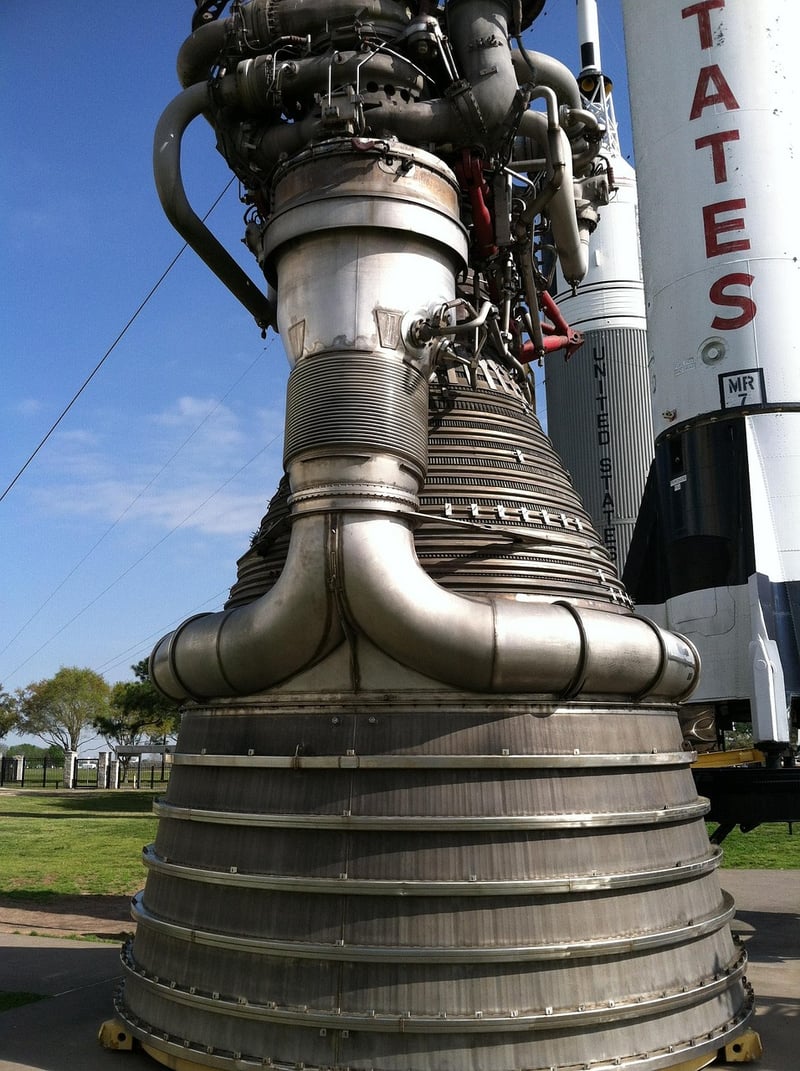Rocket Engineering
The Future of Space Exploration: Cutting-Edge Technologies in Rocket Engineering
Space exploration has always captivated the human imagination, pushing the boundaries of what is possible. With recent advancements in technology, rocket engineering has reached unprecedented levels of sophistication, paving the way for exciting new possibilities in outer space. Let's delve into some of the cutting-edge space technologies that are shaping the future of rocket engineering.
1. Reusable Rockets
One of the most significant developments in rocket engineering is the creation of reusable rockets. Companies like SpaceX have successfully landed and relaunched rockets multiple times, drastically reducing the cost of space travel. This innovation is revolutionizing the industry and making space exploration more sustainable.

2. Ion Propulsion Systems
Ion propulsion systems are another cutting-edge technology that is changing the way we travel through space. These systems use electric fields to accelerate and eject ions at high speeds, providing efficient and long-lasting thrust. Ion engines are ideal for deep space missions, offering greater fuel efficiency compared to traditional chemical rockets.

3. Additive Manufacturing
Additive manufacturing, also known as 3D printing, has revolutionized the production of rocket components. This technology allows for the rapid prototyping and production of complex parts that are lighter, stronger, and more cost-effective than traditional manufacturing methods. Additive manufacturing is enabling the design and creation of innovative rocket structures that were previously impossible to build.

4. Autonomous Systems
Autonomous systems play a crucial role in the operation of modern rockets. From autonomous navigation to automated docking procedures, these systems increase the safety and efficiency of space missions. Artificial intelligence and machine learning algorithms are being integrated into rocket systems to enable real-time decision-making and adaptive control.

5. In-Situ Resource Utilization
In-situ resource utilization (ISRU) involves leveraging local resources in space, such as water ice on the moon or Mars, to sustain human missions. By extracting and utilizing these resources, future astronauts can establish long-term bases and colonies on other celestial bodies. ISRU technologies are essential for enabling sustainable and self-sufficient space exploration.

The combination of these cutting-edge technologies is propelling rocket engineering into a new era of exploration and discovery. As we continue to push the boundaries of what is possible, the future of space travel holds endless opportunities for innovation and progress.
For more information on space technologies and rocket engineering, visit NASA's official website.
